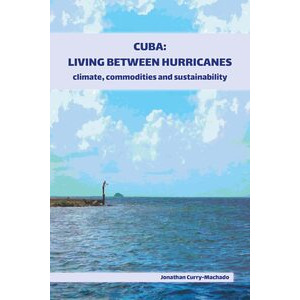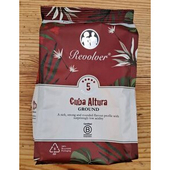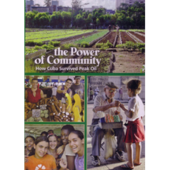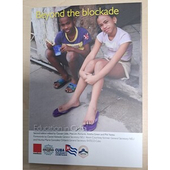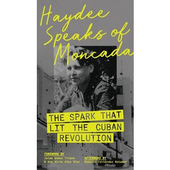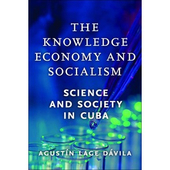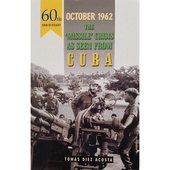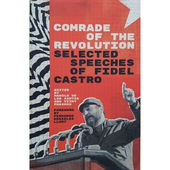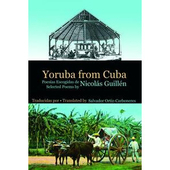Cuba: Living Between the Hurricanes, climate, commodities and sustainability
by Jonathan Curry-Machado, Amaurea Press, 2021
This book accompanies the documentary of the same title, directed by Michael Chanan, written by Curry-Machado and Jean Stubbs. The title comes from a speech by Cuba’s president Miguel Diaz-Canel at a meeting of Caribbean countries in 2019:
“Living between hurricanes has conditioned our lives; it has modified our geographies and spurred our migrations. And it has also educated us in the need to further study the phenomena that afflict us and work to reverse their damage”.
The focus is mainly on Caibarién, a fishing port on Cuba’s north coast, chosen because it is where Hurricane Irma made landfall on 9 September 2017. This was the first category 5 hurricane to strike Cuba in almost 100 years, causing over 13 billion dollars in damage in the country.
Read full review below
£21.45 inc p&p
| Check Basket |
Cuba: Living Between the Hurricanes, climate, commodities and sustainability
by Jonathan Curry-Machado, Amaurea Press, 2021
This book accompanies the documentary of the same title, directed by Michael Chanan, written by Curry-Machado and Jean Stubbs. The title comes from a speech by Cuba’s president Miguel Diaz-Canel at a meeting of Caribbean countries in 2019:
“Living between hurricanes has conditioned our lives; it has modified our geographies and spurred our migrations. And it has also educated us in the need to further study the phenomena that afflict us and work to reverse their damage”.
The focus is mainly on Caibarién, a fishing port on Cuba’s north coast, chosen because it is where Hurricane Irma made landfall on 9 September 2017. This was the first category 5 hurricane to strike Cuba in almost 100 years, causing over 13 billion dollars in damage in the country.
Transcripts of interviews, plus additional material, together tell the story of this small town. Interviewees include several local people, meteorologists, historians, artists, environmentalists, geologists, tour guides and farmers. The interviews cover the history of the town, the changes to the environment, but those about the impact of hurricanes, both Irma and also Kate in 1985, are particularly touching with detailed descriptions and personal recollections of damage to homes and other buildings, and of fear for the lives of friends, family, and the whole community.
There is a comprehensive history of hurricanes in Cuba, the effects on and changes to agriculture, and how projects were developed to better protect the coastline and coastal communities.
How Cuba currently faces hurricanes, including sophisticated forecasting, is described in detail and how, since 1959, the State has taken more responsibility for protecting lives. Whether an earth tremor, a hurricane or other event it actively seeks to provide adequate warning for the whole population and guarantee appropriate responses.
The general history of Caibarién is fascinating, from evidence of pre-Colombian settlements to sugar and other exporting, fishing and then to the positive changes post-1959. The decline of the sugar industry and other exports caused an economic decline, but then more recently slowly efforts are being made to rebuild from this, as well as from the effects of hurricanes.
The original aim of the film was to view the past, present and future of a small coastal community through the lens of hurricanes and their impact, but it became clear that the real issue was how to not only live with hurricanes but how to live between them, and the book details the importance of sustainable ways of addressing the climate emergency, farming and minimising environmental damage, including within the very important tourism sector, whilst maintaining and improving the wellbeing of the population. These issues move the focus beyond Caibarién to speak to farmers, environmentalists and people involved in tourism. How Cuba is developing strategies to deal with the climate emergency is explored and amongst these is ‘Tarea Vida’, an initiative which includes a range of short-, medium- and long-term measures to mitigate its impacts.
We are left with a real feeling for the small town of Caibarién and its people, with their ideas, sense of responsibility, solidarity and visions for the future.
Wendy Emmett for CubaSi Winter 2021-22 magazine
